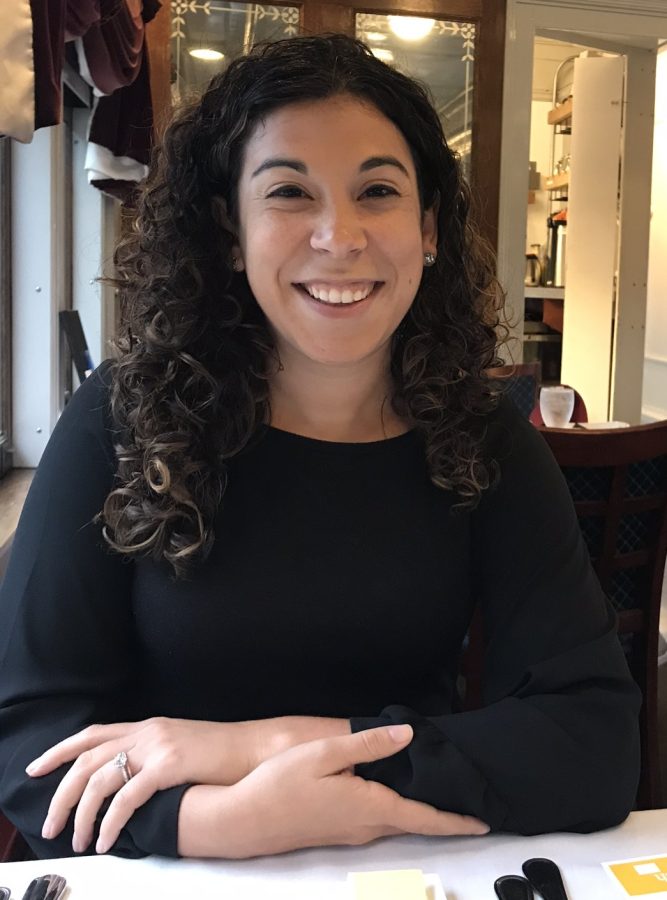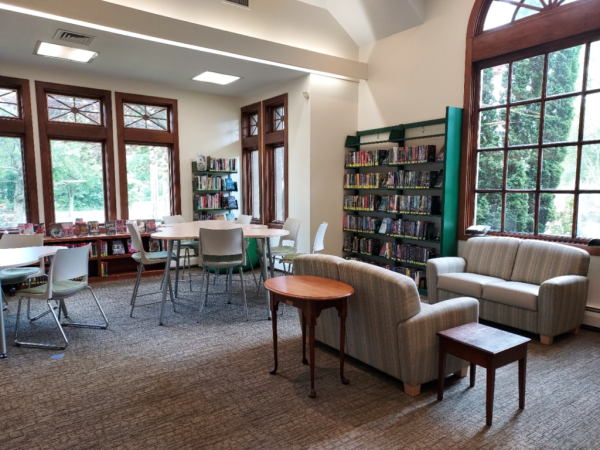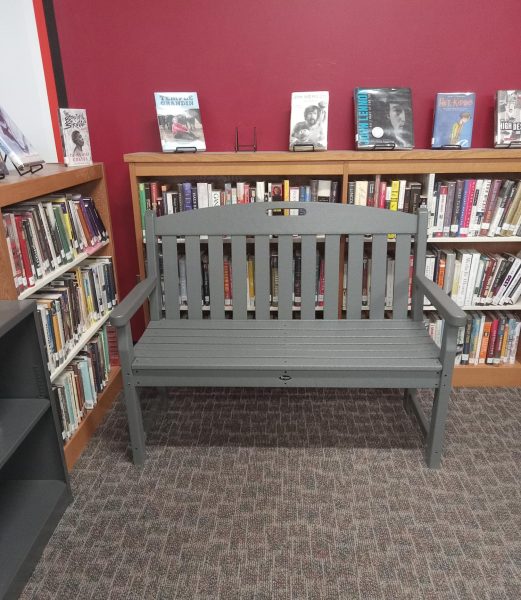C.A.R.E.-A Racial Justice Group for Students
In response to recent racist incidents throughout the district, Mrs. Schmidt, the chorus teacher at Strong School, decided to start a racial justice group for students called CARE. The Devil’s Advocate had the opportunity to sit down with her and discuss her plans for the group.
The Devil’s Advocate (DA): Can you tell us a bit about what CARE is and what your vision for it is?
JoAnna Schmidt (JS): CARE stands for the Coginchaug Alliance for Racial Equity. There is currently a CARE group of adults in town, but this group is really going to be dedicated to district students and our focus will be on evaluating and improving our school community and working hard to make it a safe place for students. My vision for CARE really comes down to providing a safe space for students to just have an open discussion and talk about what they see and what’s going on. I truly believe that students are the most innovative problem solvers that we have and that they bring a unique perspective to these issues which I think we need to hear. My vision also recognizes that while I’m the teacher advisor for this group, I don’t have all the answers, and I certainly am not an expert on race and equity issues. But for me, I see this role as an opportunity for me to open up my door to students and let their voices be heard so that we can start to set small, actionable goals that will positively impact all students.
DA: What inspired you to create CARE?
JS: I was inspired to create CARE because I strongly believe in the power of my student’s voices. As a chorus teacher, my student’s voices are all I have to make music with, but I also believe that my student’s voices, in terms of their thoughts and feelings, get pushed down on this issue a lot, and I want to hear them. I’m a part of a lot of school and district based committees, and while I believe that the adults in this district are doing the best that we can, something that is consistently missing from those meetings are student voices. So, I wanted to create a space where students can speak freely, without fear of judgment or punishment, which is often not the case during school hours.
I’ve been inspired by the events that have happened in our local community, but also in our world, and by the desire to have honest and hard conversations. Even for myself as a learner, I want to sit with people who are like-minded and have hard conversations and do the work. I want to learn: I want to acknowledge that we all don’t know enough. I’m interested in sitting with people and learning from them and also providing some of my own perspective. Everybody wants to change the world, I really do think that people want to do good things, but not everybody has that opportunity. I see this moment in our community as an opportunity to give students the power to learn about race and diversity, because this group is not going to just come in and know everything and be ready to go. We need to learn, we need to reflect on our experiences, both as students and teachers, but also as people-a part of a community.
I also want to give students a place where they can practice how to communicate with their teachers and family members, so that we can have these hard conversations with people who maybe aren’t like-minded, and that’s a challenge, even for adults.
DA: Are there any specific goals you want to accomplish through CARE?
JS: I don’t think I can completely answer that question because we haven’t met yet. However, I can say that there’s a few areas I’m expecting we’ll probably focus on, such as curriculum documents. Those are all online, so I want us to be able to take a look at those documents and see where there might be room to modify or adjust. I also want to look at our social-emotional learning program. I want to see if there’s any room for that time to be used in a more effective or efficient way. Lastly, I want to look at our core [ethical] values, because the people that created those core values are no longer in this district. Are they really a true representation of what our students need? Are we able to live the values that we currently have? I want to hear from the ambassadors first about what they would like to accomplish, and then we’ll work together to decide what small goals we’ll take. What small projects will we grab onto right away so that we can hopefully make change before the end of the year.
DA: What other steps do you think need to be taken to address racism throughout the district?
JS: I’d like to see us as a district empower our kids and our staff to call out racism. Just as some students have become very comfortable in calling out bullying, some teachers are very comfortable with looking at a situation and saying: that is this. I think as a district, as a team of learners and families and students, we need to find the language to do that, and the confidence to be confident in calling those kinds of acts out. Because we see it, we just don’t always have the language for it. I think we need to get the families involved in the learning as well. My hope is that the ambassadors can create some events where we can invite families and teach them who the learners in our building are, who the learners in our district are, and what’s important to them. That can be based on cultural facts, it can be based on religious facts; who lives in our building every day. I want the family members to get a chance to see that.
The other thing that I think as a district we need to work on is I want us to feel empowered to use accurate language descriptors of what we see. When we see something with systemic racism or we see somebody being oppressed who is a part of a marginalized group, I want us to be comfortable and confident in using the words that are appropriate to describe those actions. Sometimes, I think students and staff and family members, we’re afraid to say those words because we don’t want to offend anybody. I think that comes from a feeling of just not knowing what those words mean. The CARE group is going to do some learning about what these words actually mean, and can we provide accurate definitions to staff and families and students that will be helpful in acquiring the language that we need to say: Hey, that is this, or: I’m seeing this. I think sometimes it’s just that we don’t know what to say, and so instead we say nothing. And that just won’t work anymore. I don’t think we can continue the way that we are.
Everything in education comes down to relationships. I want to build a strong foundational relationship with the members of CARE, and then I want to spread that relationship. I want them to start to create relationship ties with the building leaders and the district leaders. I want them to sit and have meetings and have hard conversations. You can only do that when your relationship is strong, and made up of mutual respect. I want to create that vibe within the group itself, of just students, and then I want to empower them to create that relationship with the adults in their lives, whether it’s family members or building and district leaders.
This work ahead of us is hard and long, and it’s not going to be solved by one meeting and one committee. It’s going to take a long time, and the only thing we can do is get started.
“Never doubt that a small group of thoughtful, committed citizens can change the world. Indeed it is the only thing that ever has.”-Margaret Mead






